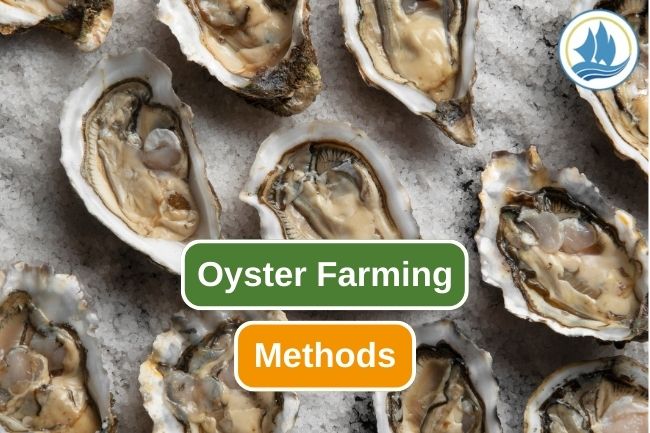8 Methods Used in Oyster Farming
By. Nevanda - 28 Aug 2023
kelolalaut.com - Oyster farming, also known as oyster aquaculture, involves the cultivation of oysters for commercial purposes. Oysters are a popular seafood delicacy and are also ecologically important for filtering water and providing habitat for other marine organisms. There are several methods of oyster farming, each with its own set of techniques and considerations. Here are some common oyster farming methods:
1. Bottom Culture
In this traditional method, oysters are cultivated directly on the natural substrate of the seabed or estuary floor. Oyster larvae (spat) settle onto the bottom, attach themselves to the substrate, and grow into mature oysters. This method requires relatively low capital investment but has higher risks due to potential predation, disease, and unfavorable environmental conditions.
2. Spat Collection and Relaying
Oyster spat (young oysters) are collected from the wild or hatcheries and then transferred to suitable growing areas. This can help improve survival rates and yield better quality oysters. Oysters are often moved to different areas to take advantage of favorable environmental conditions or to prevent overgrowth by fouling organisms.
3. Intertidal Culture
Intertidal oyster farming involves growing oysters in the area between the high tide and low tide lines. Oysters are exposed to air during low tide and submerged during high tide. This method can help reduce the risk of certain diseases and predators but requires careful management of tidal fluctuations.
4. Rack and Bag Culture
Oysters are placed in mesh bags or cages that are suspended from racks or floats above the seafloor. This method allows oysters to be grown in areas with poor substrate conditions, provides protection from predators, and allows better water circulation for improved feeding and growth.
5. Floating Culture
Oysters are suspended in cages or bags that float on the water's surface. This method is often used in areas with strong tidal currents or in deeper waters where traditional bottom culture is not feasible. It offers protection from some predators and allows for efficient water circulation.
6. Off-Bottom Culture
In this method, oysters are grown above the seafloor, often using trays or mesh bags suspended in the water column. This reduces the risk of diseases and predators associated with bottom contact and can result in higher yields due to improved water flow and access to food.
Read also: 9 Essential Nutrition Content in Mackerel
7. Trestle or Long-line Culture
Oysters are grown on horizontal lines or ropes that are suspended between vertical poles or structures. This method is suitable for areas with strong currents and provides good water circulation and accessibility for maintenance.
8. Recirculating Aquaculture Systems (RAS)
RAS involve growing oysters in controlled environments such as tanks or ponds with recirculating water systems. This method provides optimal conditions for growth and allows better disease control, but it requires significant infrastructure and operational costs.
The choice of oyster farming method depends on factors such as environmental conditions, available resources, market demand, and the level of technology and expertise available to the farmer. Successful oyster farming requires careful management of water quality, disease prevention, and overall farm operations.
Read also: Homemade Octopus Risotto Recipe

.jpg)

.jpg)

.jpg)
 (1).png)
.jpg)
.jpg)